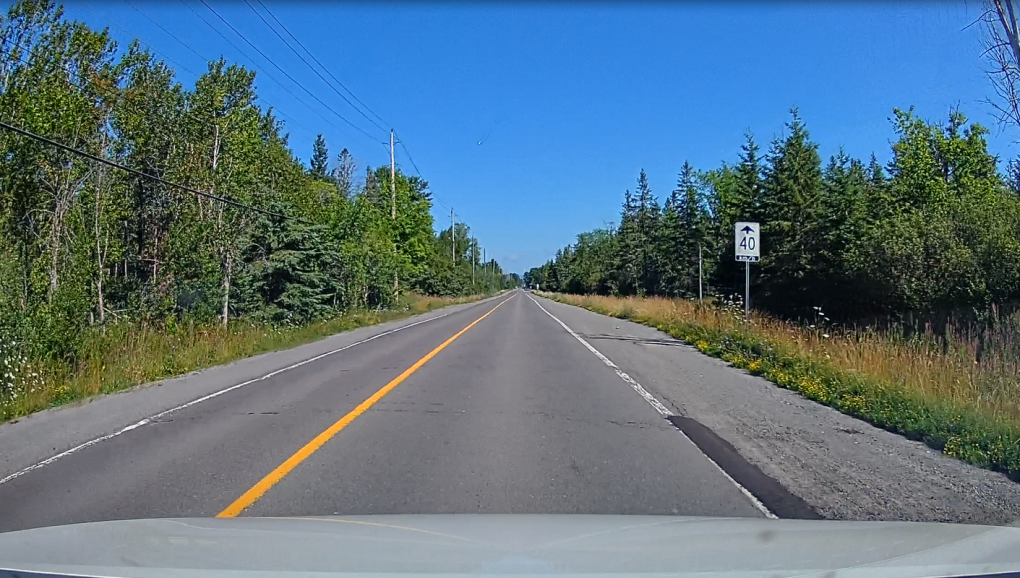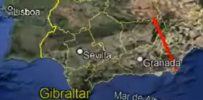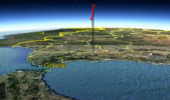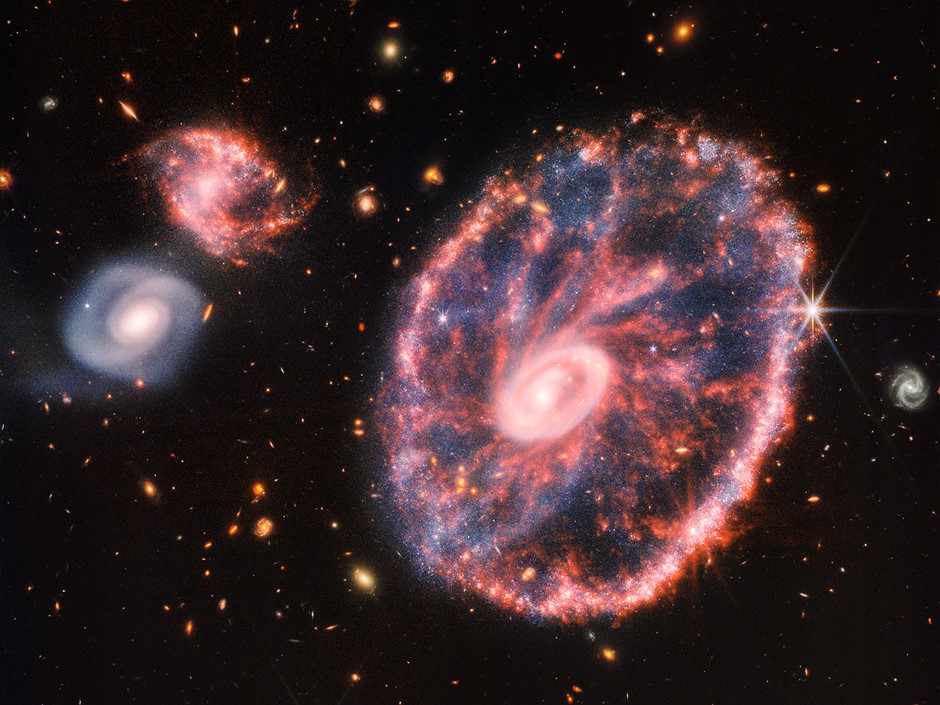hi tschai,
yes, i was expressing doubt in my op; and maybe that was what Glenn thought was cryptic - so thanks, i'll remember that and not be cryptic again to avoid any ambiguity.
a good chunk of my career was spent checking, investigating root cause, finding out why things will, won't, or didn't work in the mechanical engineering field, in the heavy industry, nuclear, and telecom areas - yet i'm no photographer, i often photograph my thumb when using my iphone.
in a nut shell here's why i doubt that the photographs are "real":
NASA's live web feeds have been edited as shown by several youtube graphic artists and other photographic professionals.
why would NASA do this ? i'm not making this up - there are serious video discrepancies or glitches, with many people asking questions but not receiving answers about NASA's video footage over the years.
NASA has repeatedly told the public that ALL the Apollo era technology was lost; all the engineering, scientific, photographs and equipment; NASA is part and parcel of the US DoD.
if you're a civilian engineer working on a corporate project for the DoD you would know what the term micro managed means to the nth degree - we're talking about stuff that supposedly went to the moon - not a redesign of some airplane landing gear - but something sent off the planet ! they lost it ? nope i don't by it - so why would they lie about losing it ? well, maybe because they didn't send anything to the moon. ever.
and finally, the "real" deal breaker:
NASA has, over the last few years, said that any craft designed for a trip to Mars has to be heavily shielded against the VA belt radiation. hmmmm. ok. so how did the guys in Apollo get through it ? NASA shills will say they simply went around it ... nope.
the VA belt radiation isn't like a campfire. one doesn't just do a fly by or go around it like these shills tell us. the VA high speed particles damaged a space shuttle a few times and they were no where near it.
People have been programmed by TV and media repetition, imo, to believe the lunar capsule, literally an aluminium can, without any shielding, made it through the VA belt twice *. i haven't even mentioned the effect of temperature on that tin can.
and this concludes why, imo, the photos are fake. very well digitally created, yet fake.
* here is a question asked of the C’s from the last session:
(vulcan59) Have humans flown past the Van Allen radiation belts?
A: Yes. More than once too!
i've included the above question to demonstrate why a yes/no question offers nothing other than yes or no answer - because interpreting the answer leads to ambiguity.
had the question been open. i.e. asking with the words when, who, how ... might have removed ambiguity - imo the C's were not talking about the Apollo mission astronauts as some people may have inferred - rather humans from another planet or another time frame.
on the other hand maybe the C's were talking about the Apollo guys, i dunno, i could be mistaken too.

cheers

 kqeducationgroup.com
kqeducationgroup.com


 kqeducationgroup.com
kqeducationgroup.com





